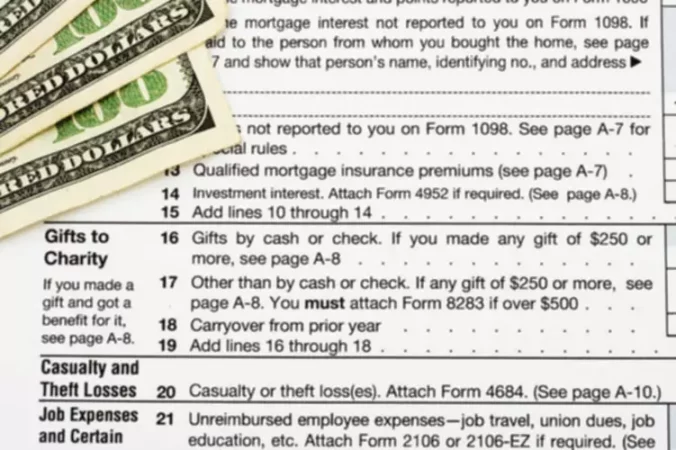Gross profit is the amount of revenue after you deduct the cost of goods. In other words, it is the difference between the Sales Revenue and Cost of Goods Sold. It is important to note that you do not subtract the costs associated with running the company, such as salaries and rent, only those that directly relate to the product sold. Nonetheless, each company attributes expenses it incurs to COGS differently.
How Does Gross Profit Work?
Gross Profit is a separate section on the Income Statement. It is considered a preliminary measure of the company’s profitability. The mathematical formula for calculating Gross Profit is Sales Revenue (Income) – Cost of Goods = Gross Profit. The cost of goods is the amount it costs to produce or procure (buy/obtain) a product. For example, you purchased a book for $6 and sold it for $10. The gross profit you made will equal $10 minus $6. Thus, your gross profit is $4.
Why Does Gross Profit Matter?
Gross profit is an important measure of profitability. It indicates the efficiency of the management in using labor and supplies in the production process or management decisions during product procurement. A high gross profit usually means that you are doing a great job and have money to invest back into your company.
If there is a negative change in gross profit, it helps to take necessary actions to prevent negative consequences and find ways to increase your profitability. It is also used to calculate gross margin, another important indicator that allows comparing different companies in the same industry.
Finding the Gross Profit – Example
- Calculate COGS
The COGS term is used to describe the direct expense related to producing a good or service. However, it is important to note that the gross profit only includes variable costs to access the business’s efficiency in using its labor and material when producing goods or services. Although it may also include factory overhead and storage costs, depending on the accounting policies, fixed costs are usually not counted in.
- Calculate Net Sales
The Net Sales figure will include the total amount of cash and credit gross sales less returns made by customers as well as any allowances and discounts. If there were no returns, discounts, or allowances, the company just uses its gross sales revenue amount.
- Calculate Gross Profit
The figures a business requires to calculate their gross profit can all be found on their Income Statement. Using the illustration above, we can see that Net Sales is equal to $2,500 in gross sales less $300 in returns and allowances or $2,200.
The Cost of Goods Sold is made up of $320 in direct materials, $400 in direct labor, and the manufacturing overhead adds up to $730. Thus, the Gross Profit will be $2,200 minus $1,450 or $750.
Limitations of Gross Profit
There are some drawbacks in using the gross profit to measure how cost-effective the production is and how effective the business pricing strategy is. This value does not allow to analyze how a business is doing in comparison to its competitors and needs to be converted into a percentage (gross profit margin). Moreover, a lower or higher gross profit in comparison to previous years does not necessarily mean the business is doing better or worse because other factors that can contribute to such results should be taken into account.


















